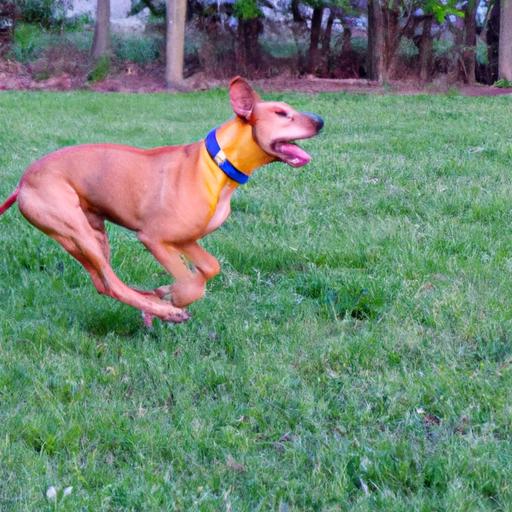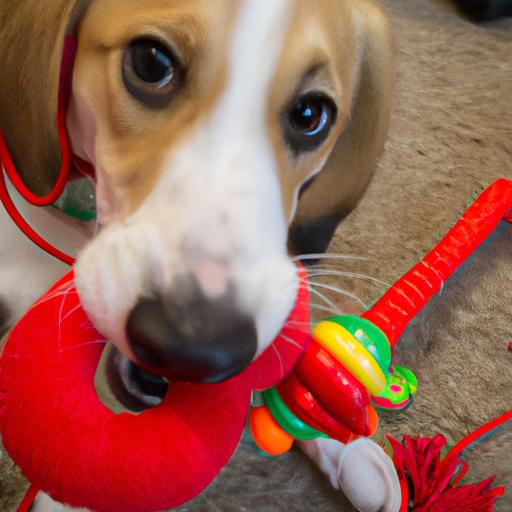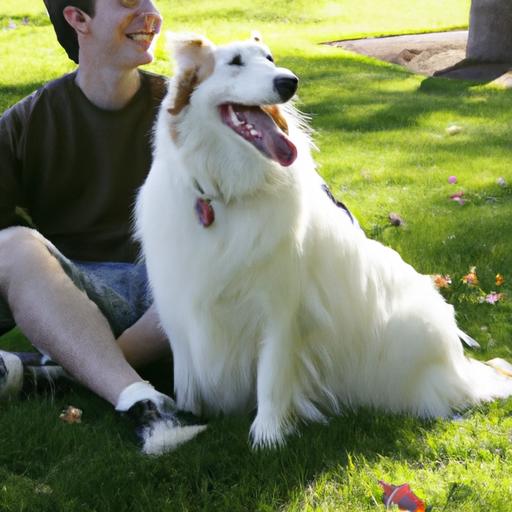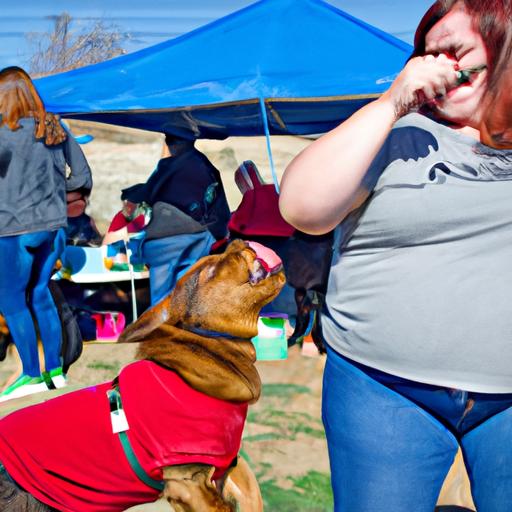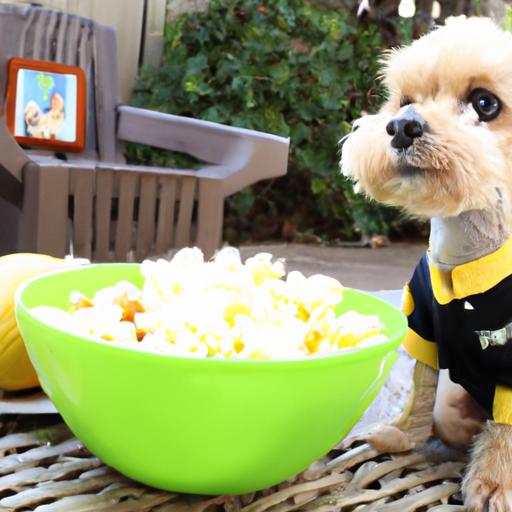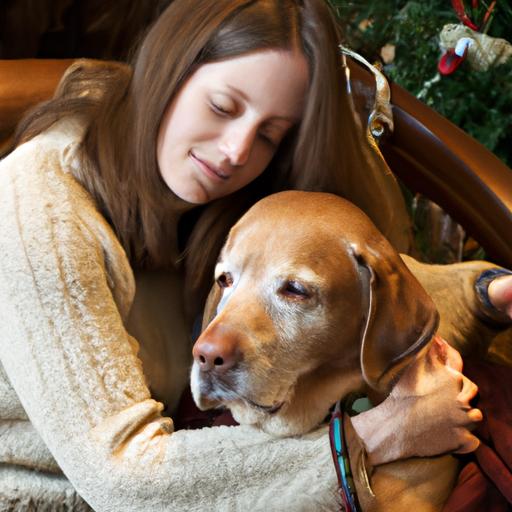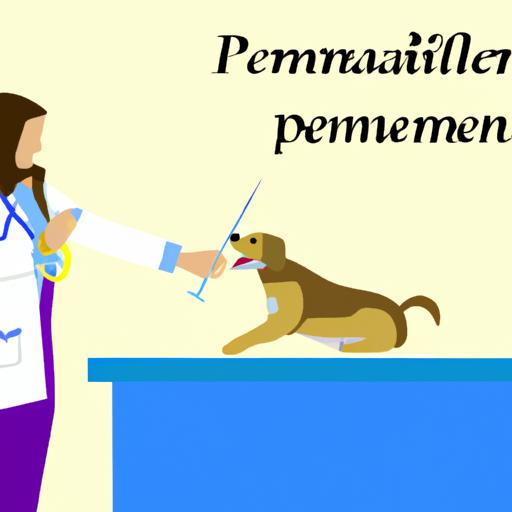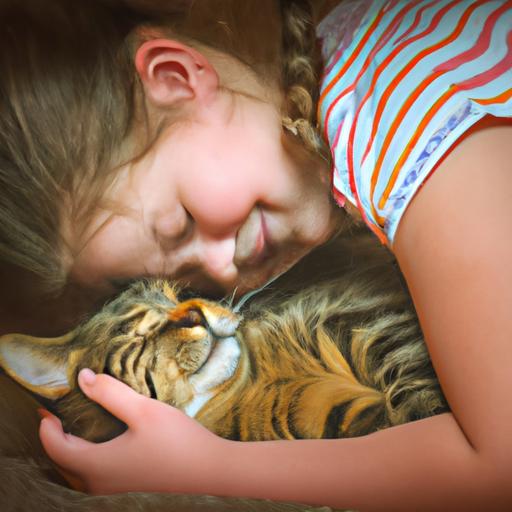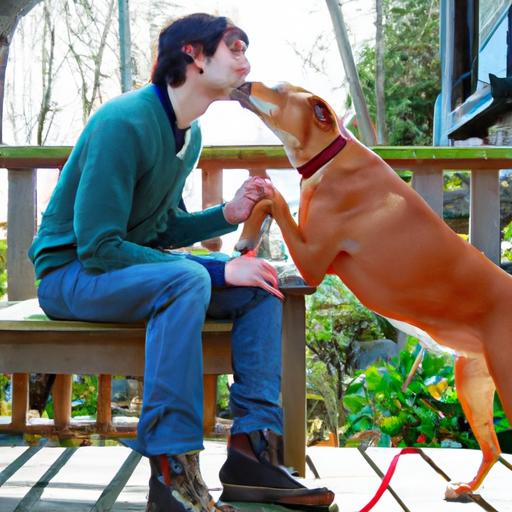
Understanding Canine Body Language: Decoding the Secret Communication of Dogs
Unlock the secret language of dogs! Gain insights into their emotions and intentions by understanding canine body language. Read more here.
Introduction
Have you ever wondered what your furry friend is trying to tell you? Understanding canine body language is the key to unlocking the secret communication system of dogs. As dog owners and enthusiasts, it is crucial for us to interpret their behavior correctly, as it can greatly enhance our bond with them and ensure their well-being. In this article, we will delve into the fascinating world of canine body language, exploring its importance and the benefits it brings. So, let’s embark on this enlightening journey together!
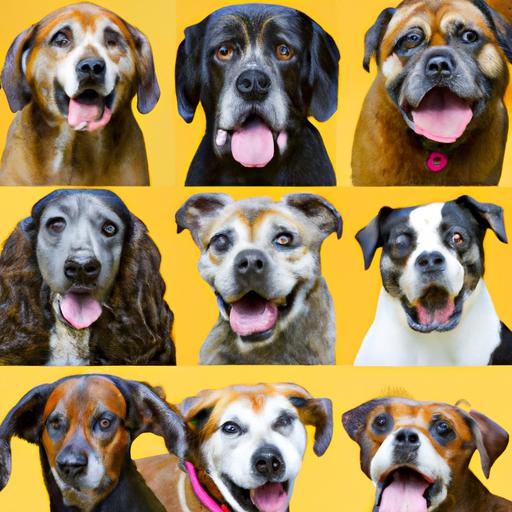
Understanding Canine Body Language
To effectively decipher canine body language, we must first gain an overview of their communication system. Dogs use a combination of facial expressions, body postures, tail movements, and vocalizations to convey their emotions and intentions. By observing these key components, we can gain valuable insights into their state of mind and respond accordingly.
Facial Expressions: Windows to Their Soul
A dog’s face can reveal a wealth of information. Pay attention to their eyes, mouth, and ears to gauge their emotional state. For example, relaxed eyes and a slightly open mouth indicate a content and comfortable dog, while wide eyes and a tightly closed mouth may suggest fear or anxiety.
Body Postures: The Language of Gestures
A dog’s body posture speaks volumes about their intentions and emotions. Whether they are standing tall with their tail held high in a confident manner or cowering with their tail tucked between their legs, each posture conveys a different message. Understanding these postures allows us to better comprehend their needs and respond appropriately.
Tail Movements: Wagging Tales of Emotion
Contrary to popular belief, a wagging tail doesn’t always indicate happiness. The speed, height, and direction of the wag can reveal the underlying emotions a dog is experiencing. A slow wag with a relaxed body suggests a friendly and calm demeanor, while a stiff wag accompanied by a raised hackles may indicate aggression or agitation.
Vocalizations: Bark, Growl, Howl!
Dogs have a wide range of vocalizations, from barks and growls to whines and howls. Each vocalization serves a specific purpose and conveys distinct emotions. By paying attention to the tone, pitch, and intensity of their vocalizations, we can better understand their messages and respond accordingly.
FAQ (Frequently Asked Questions)
As we delve deeper into understanding canine body language, let’s address some commonly asked questions to provide further clarity and insights.
Q: What are the common signs of a relaxed dog?
A relaxed dog will exhibit loose and wiggly body language. Their tail may wag gently from side to side, their mouth may be slightly open, and their ears will be in a neutral position. Relaxed dogs often have soft and relaxed eyes, indicating a calm and content state.
Q: How can I tell if a dog is feeling anxious or fearful?
An anxious or fearful dog will display certain signs such as lowered body posture, tucked tail, and ears pinned back against their head. They may also exhibit trembling, excessive lip licking, or yawning. It’s important to approach these dogs with caution and provide a calm and reassuring environment.
Q: What does it mean when a dog wags its tail?
While tail wagging is commonly associated with happiness, it’s essential to consider the context and other body language cues. A loose and relaxed wag usually indicates friendliness and happiness, whereas a stiff and high wag accompanied by a tense body may signify alertness or aggression. Tail wagging should be interpreted in conjunction with other signals.
Q: Can dogs communicate through barking?
Yes, barking is one of the primary ways dogs communicate with us and each other. Different barks convey different messages. A short, sharp bark may indicate alertness or warning, while a continuous and high-pitched bark can signify excitement or frustration. It’s crucial to pay attention to the accompanying body language to fully grasp their intended message.
Conclusion: Unlocking the Canine Communication Code
Understanding canine body language is like deciphering a secret code. By investing time and effort into learning their subtle cues, we can establish a deeper connection with our furry companions. The ability to interpret their emotions and intentions accurately enables us to respond appropriately and provide them with the care and support they need. So, let’s embrace this journey of decoding canine body language, and witness the transformative impact it has on our relationship with our dogs.
Remember, positive canine experiences go hand in hand with understanding their body language. If you want to learn more about creating a safe and harmonious environment for your dog around children, check out our article on Tips for Positive Canine Experiences with Children. Additionally, if you’re interested in building trust with your dog through gentle handling techniques, our guide on Building Canine Trust with Gentle Handling is a must-read. Finally, for tips on integrating your dog into family activities, head over to Integrating Your Dog into Family Activities.
Now, armed with the knowledge of canine body language, let’s embark on a journey of connection, understanding, and shared happiness with our beloved dogs.
